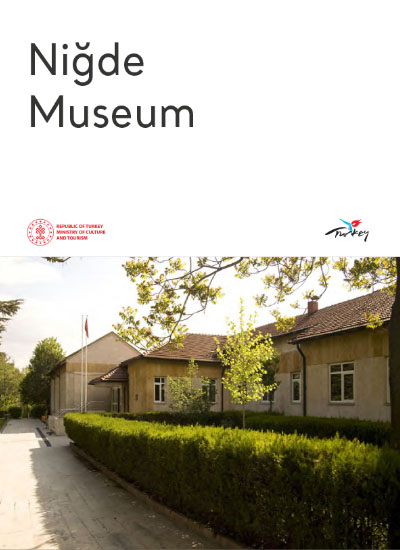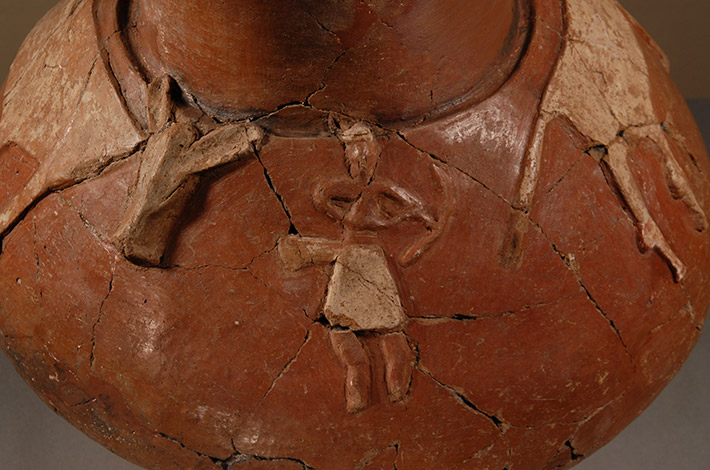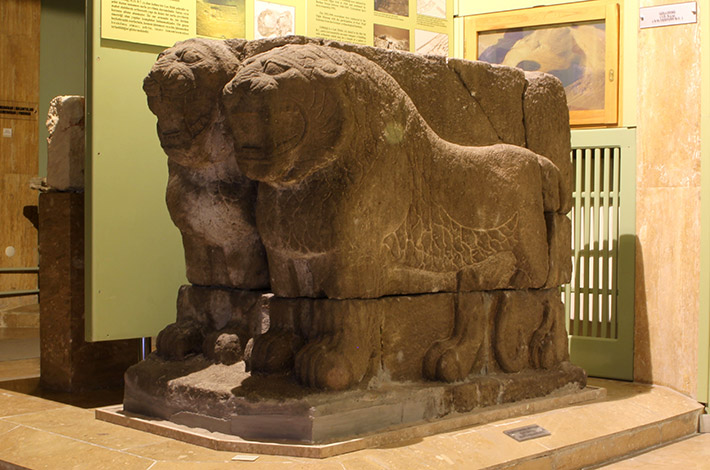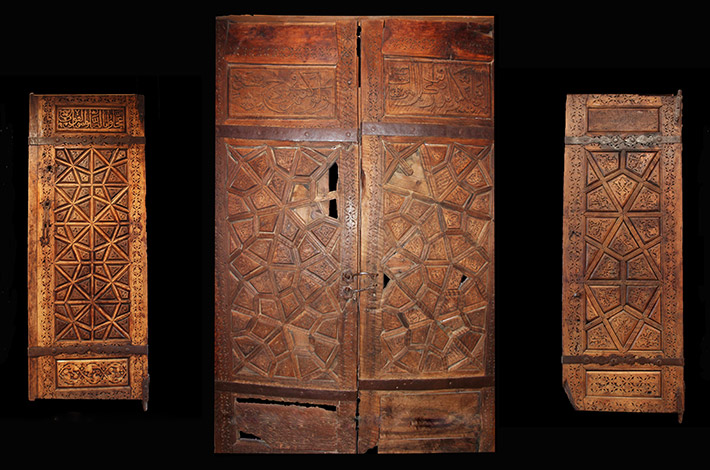Museum activities in Niğde started during World War II, when Akmedrese was used as a warehouse of Istanbul Archeological Museums. In 1957, Akmedrese was opened to visitors as Niğde Museum. In 1977, the museum moved to its new building and the first exhibition was organised in 1982. Upon the need, the new exhibition in the museum was put into service again in 2001. There are 6 exhibition halls in the museum, which are presented in chronological order from the Palaeolithic Age to the present day. In the first hall, obsidian tools found in the excavations of Kaletepe Obsidian Workshop, Pınarbaşı Höyük, Köşk Höyük and Tepecik Höyük, as well as unique artefacts, grave finds, god and goddess figurines, anthropomorphic vase and a house model from Köşk Höyük are exhibited. In the second hall, finds from the mining village found during the excavations at Göltepe Höyük, the gallery entrance at Kestel tin mine, Hoker-style burials and their gifts, artefacts found at Acemhöyük, Ulukışla, and palace finds and capped vases from the excavations at Acemhöyük during the Assyrian Trade Colonies Age are exhibited. In the third hall, storm and fertility god steles belonging to the Late Hittite city states of Nahita and Tuvanuva kingdoms, inscriptions written in Hittite hieroglyphs, finds from Kaynarca Tumulus, Phrygian ceramics and "Göllüdağ Lion" are exhibited. The fourth hall is devoted to Hellenistic, Roman and Byzantine Period finds. Finds from Tepebağları, Porsuk Höyük and Acemhöyük excavations, terracotta and glass artefacts, seal prints, artefacts from Roman and Byzantine Periods are exhibited. In the fifth hall, coin minting technique, coins from the Greek, Hellenistic, Roman, Byzantine and Islamic-Ottoman periods, Seljuk Period silver treasure and Tepebağları treasure are exhibited. In the Mummies Section, the "Nun Mummy" found in Aksaray Ihlara Valley and 4 child mummies excavated from Çanlı Church are exhibited. In the sixth hall, weapons, manuscripts, writing sets, lighting tools, carpets, rugs, rites, jewellery and a sini belonging to the Qajar Turks are exhibited. In the hall, a theme of dinner preparation in Niğde house in the last century has been created.
NİĞDE MUSEUM




